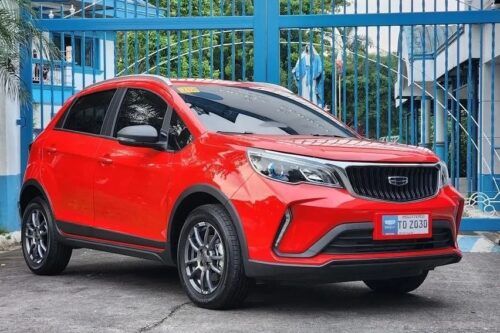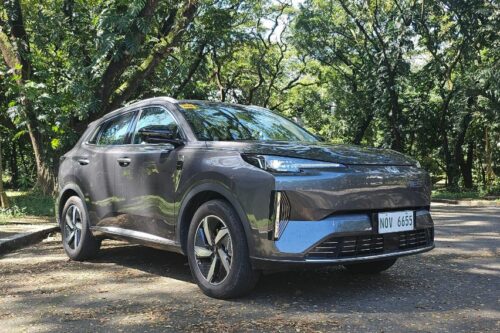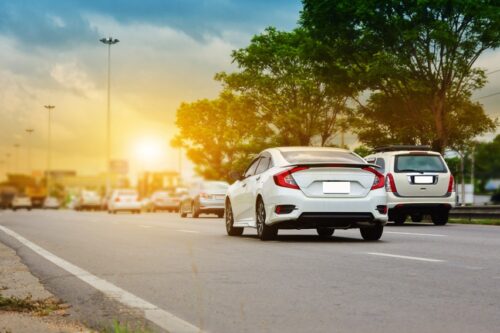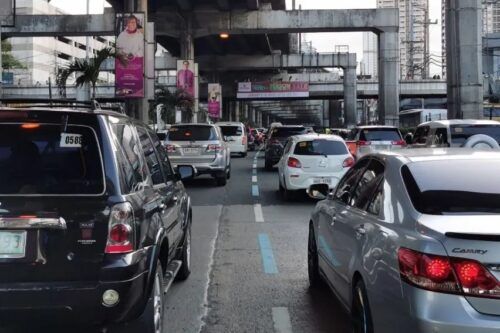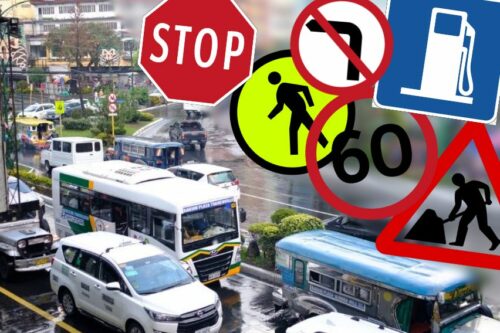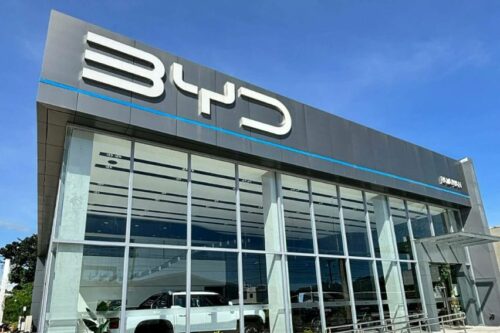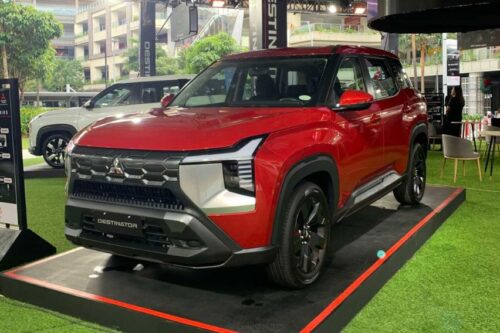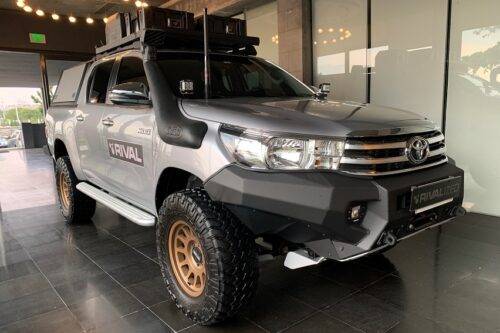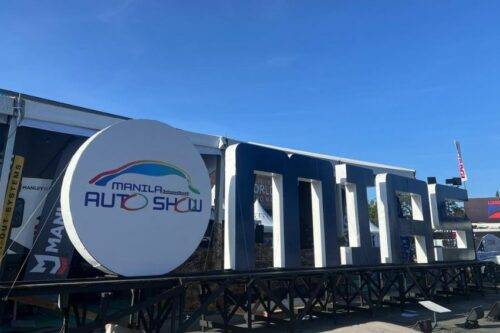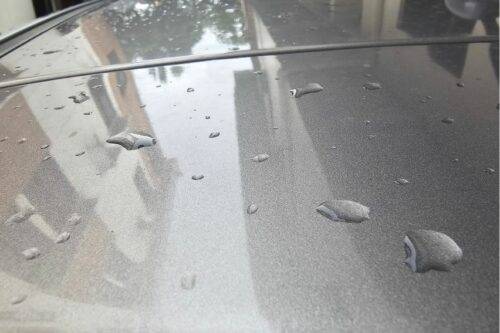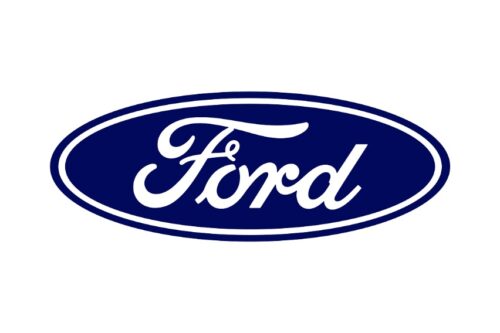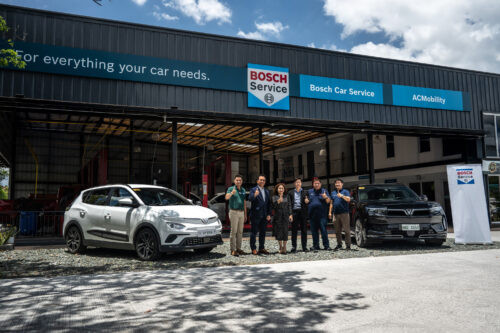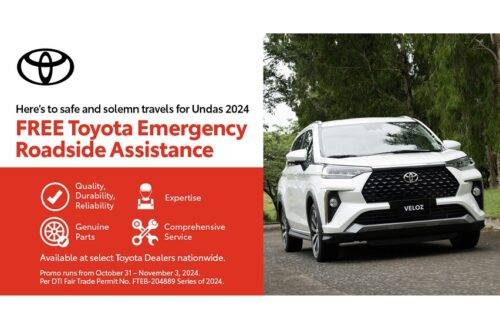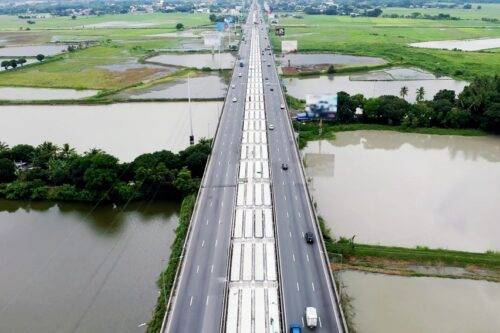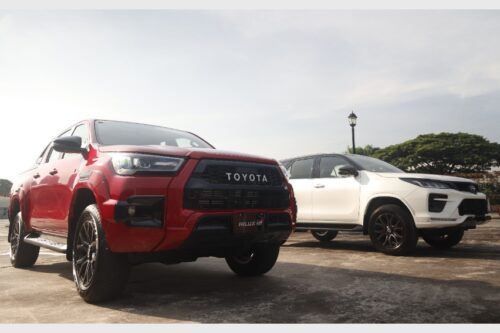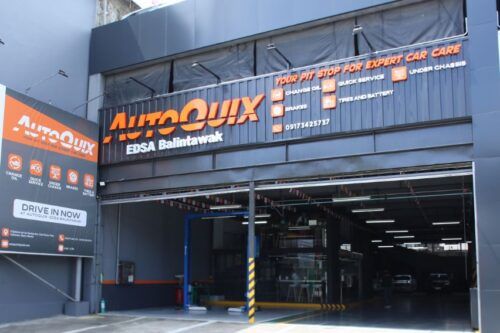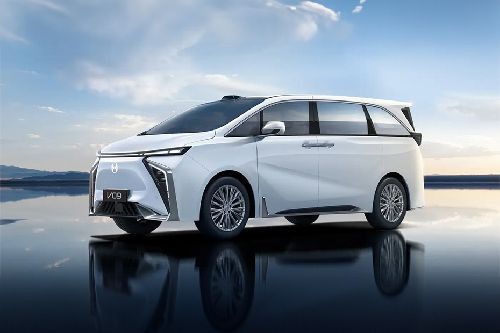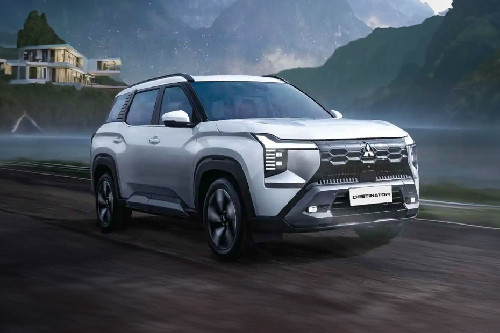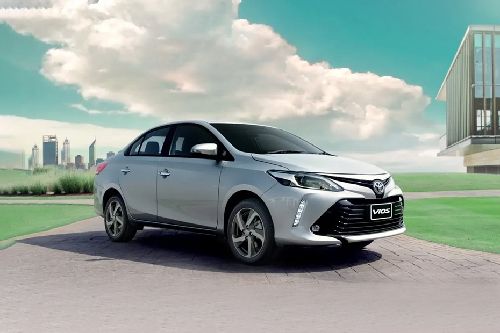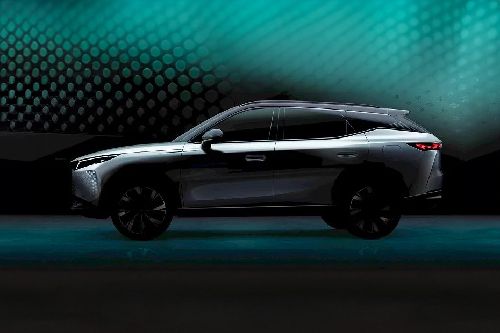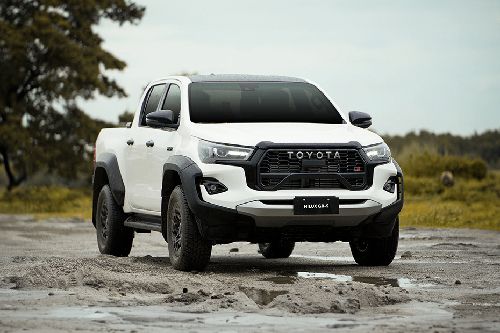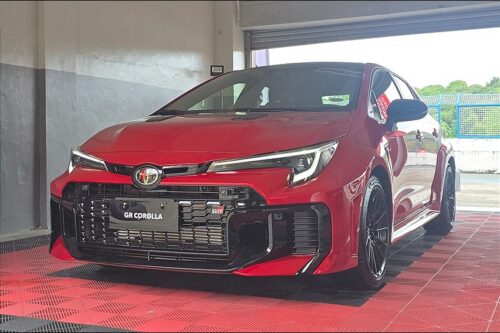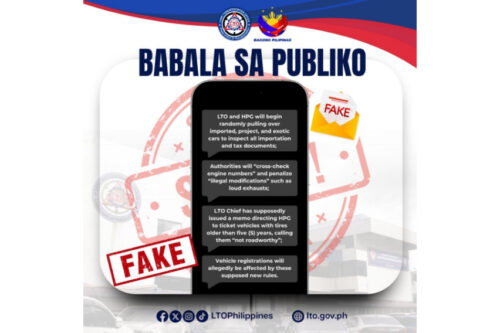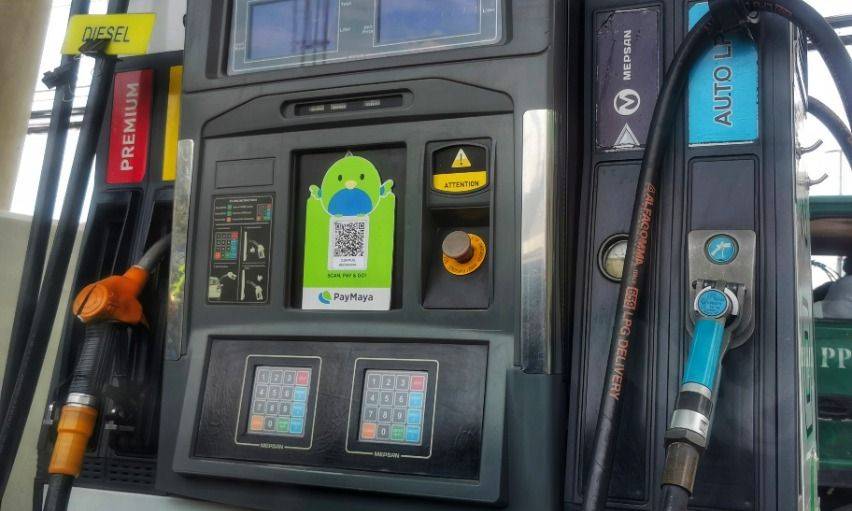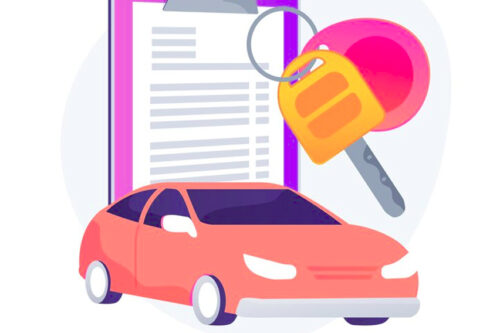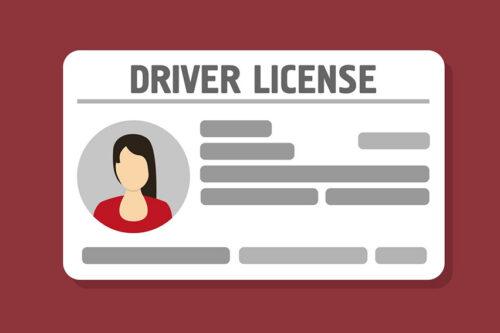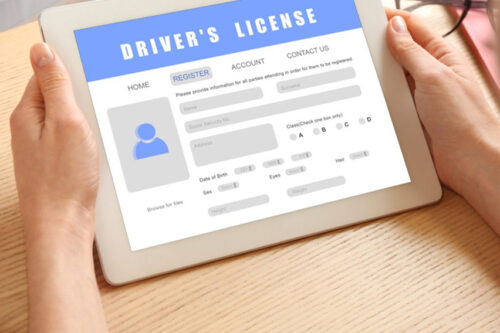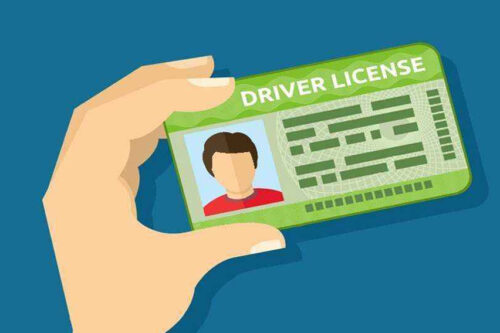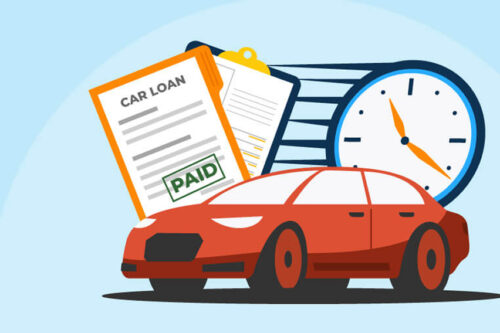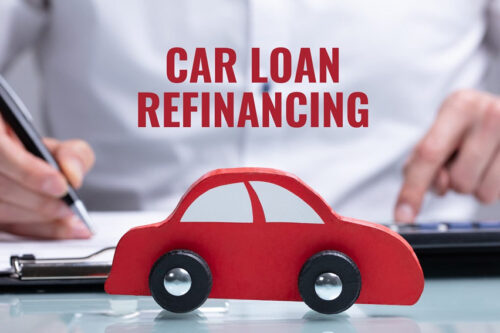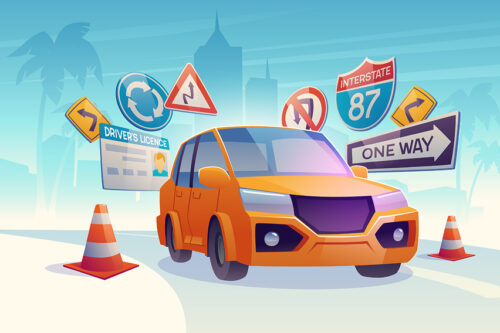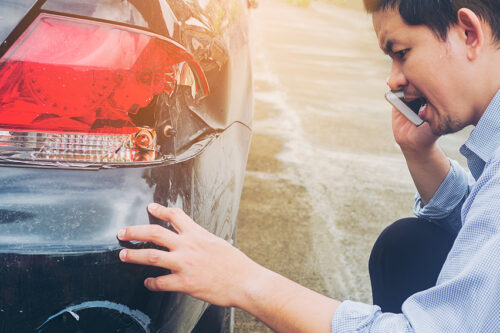Navigating the Aftermath: A Comprehensive Guide to Assessing Flood Damage on Cars
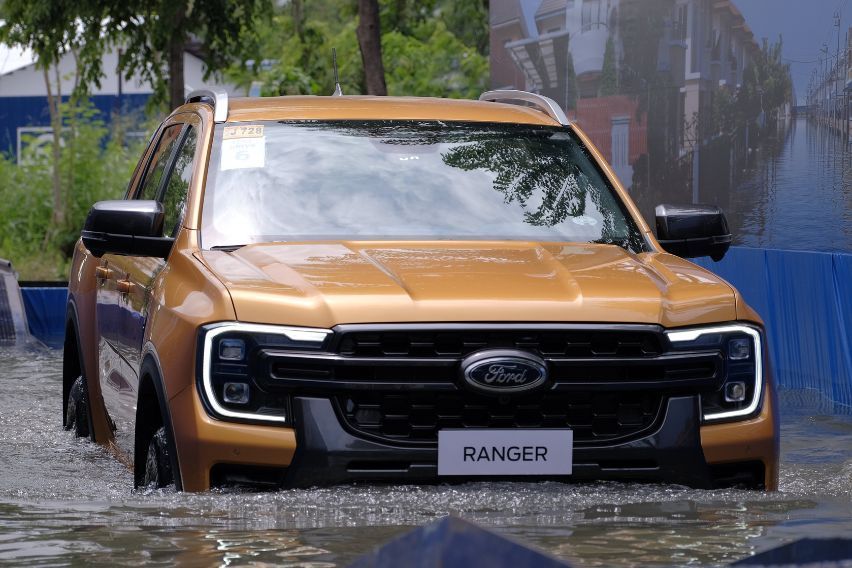
- KEY TAKEAWAYS
- Assessing Exterior Components: Checking for Water Damage and Debris
- Inspecting the Engine: Identifying Potential Issues and Ensuring Proper Functionality
- Evaluating Electrical Systems: Checking Wiring, Fuses, and Battery Performance
- Examining Interior Components: Inspecting Upholstery, Carpets, and Electronics
- Addressing Fluid Contamination: Checking Oil, Coolant, and Brake Fluid for Water Ingress
- Assessing Safety Features: Verifying the Functionality of Airbags, ABS, and Traction Control
- Seeking Professional Assistance: When to Consult a Mechanic for Thorough Inspection
- Final thoughts
Floods are a common occurrence in the Philippines, particularly during the rainy season. While they bring much-needed water for agriculture and other purposes, they also pose significant risks to vehicles. Cars that have been exposed to flooding can suffer extensive damage, both visible and hidden.
KEY TAKEAWAYS
Can I still drive my car after it has been exposed to a flood?
It is not recommended to drive your car immediately after it has been exposed to a flood. Even if it seems unaffected, there may be hidden damage that could compromise your safety or cause further issues. It is advisable to have your vehicle inspected by a professional before resuming regular use.How can I assess if there is water damage to my car's electrical systems?
Signs of water damage to the electrical systems may include malfunctioning lights, erratic behavior of the dashboard, or electrical components not working as expected. However, it is crucial to have a professional inspect the wiring, fuses, and other electrical connections to ensure there are no hidden issues.Here’s a comprehensive guide on what car parts need checking after a flood. By understanding the potential impact of floods on vehicles and knowing the essential parts to inspect, car owners can take appropriate measures to ensure the safety and functionality of their vehicles post-flood.
Assessing Exterior Components: Checking for Water Damage and Debris
Inspect the exterior for any signs of corrosion, rust, or bubbling paint. These indicate that moisture has made its way into the metal body panels. Additionally, check for any debris stuck in the crevices, as they can trap moisture and lead to further damage if not removed promptly.
Floodwaters can also wreak havoc on a car's electrical systems, especially the lights. Test all exterior lights, including headlights, taillights, turn signals, and brake lights, to ensure they are functioning properly. Additionally, inspect the electrical connections and wiring for signs of water damage or corrosion. Any loose or damaged connections should be addressed to avoid potential electrical issues in the future.

Driving through flooded streets can also expose your tires and wheels to various hazards. Check the tires for any signs of damage, such as cuts, bulges, or excessive wear. Additionally, inspect the rims for any signs of corrosion or damage. It is also crucial to remove any debris that may have gotten lodged in the tire treads, as they can affect the traction and handling of your vehicle.
Inspecting the Engine: Identifying Potential Issues and Ensuring Proper Functionality
One of the most critical areas to examine after a flood is the engine. Start by checking the oil and transmission fluid for any signs of water contamination. Milky or foamy fluids indicate that water has entered the system. If you suspect water intrusion, it is best to have a professional mechanic assess the situation to prevent further damage.

Floodwaters can also enter the air intake and exhaust system, causing potentially severe damage. Inspect the air filter for saturation or clogging and replace it if necessary. Check the exhaust pipes and muffler for signs of corrosion or blockage. Ensure that any debris or sediment is removed to maintain the proper functioning of these components.
Also check for any signs of wear, cracking, or softening in the belts and hoses. It is important to ensure that they are tight and secure. Replace any damaged or weakened belts and hoses to prevent potential breakdowns or overheating issues.
Evaluating Electrical Systems: Checking Wiring, Fuses, and Battery Performance
Electrical systems are particularly vulnerable to flood damage. Inspect the wiring and connectors for any visible signs of corrosion, moisture, or damage. Look for melted insulation or burnt wires, as these indicate potential short circuits. If you notice any issues, have a professional electrician assess and repair the wiring system.
Floodwaters can also cause fuses and relays to blow or malfunction. Inspect all fuses and relays and replace any that are damaged or burnt out. It is advisable to keep spare fuses in your car in case of emergencies. Remember to follow your vehicle's manual for specific fuse and relay locations.

Floods can also have a significant impact on your car's battery performance and charging system. Test the battery's voltage using a multimeter to ensure it is within the manufacturer's specified range. Additionally, inspect the battery terminals for any signs of corrosion and clean them if necessary. If your battery shows signs of weakness or if the charging system is not functioning correctly, consult a professional to avoid unexpected breakdowns.
Also read: Everything about your car's batteries
Examining Interior Components: Inspecting Upholstery, Carpets, and Electronics
After a flood, it is important to thoroughly examine your car's interior parts to assess any potential damage. Start by taking a close look at the upholstery and carpets. Look out for any signs of water damage, such as discoloration, mold, or a musty smell. If you spot these issues, you may need to consider getting them professionally cleaned or replaced.
Next, shift your focus to the electronics in your vehicle. Check if all the electrical components are functioning properly. Test the lights, radio, power windows, and any other features that rely on electricity. If you notice any glitches or malfunctions, it is best to have a mechanic take a look.
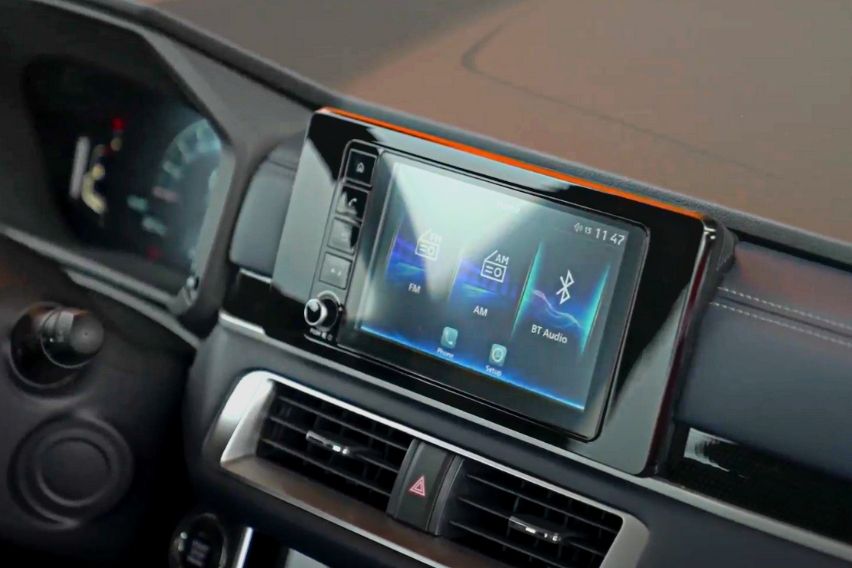
Lastly, make sure to verify the proper operation of your HVAC (heating, ventilation, and air-conditioning) system. Test the air-conditioning and heating functions to ensure they are working as they should. If you notice any strange noises or a lack of cool or warm air, it is time to schedule a repair.
Also read: Got a problem with your car's AC? Here is what you need to know
Addressing Fluid Contamination: Checking Oil, Coolant, and Brake Fluid for Water Ingress
Floodwaters can also affect your car's fluids, so it is crucial to address fluid contamination after a flood. Start by inspecting the engine oil for any signs of water contamination. A milky or foamy engine oil indicates that water has seeped into the system. In this case, you will need to have the oil changed and the engine inspected for any potential damage.
Next up is the coolant. Check the coolant reservoir for any signs of water contamination, such as a discolored or murky appearance. If you suspect the coolant has been compromised, it is recommended to flush the system and replace the fluid.
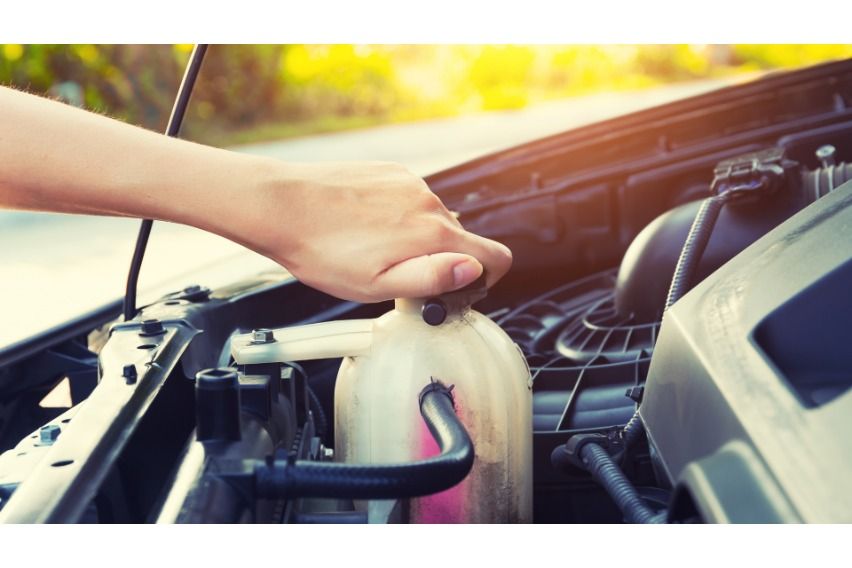
Do not forget to check the brake fluid as well. Water ingress into the brake system can affect its performance and safety. Look for any noticeable changes in color or consistency. If you are unsure about the condition of your brake fluid, it is best to consult a mechanic for a professional inspection.
Assessing Safety Features: Verifying the Functionality of Airbags, ABS, and Traction Control
Your safety on the road is of utmost importance, so it is important to assess the functionality of your car's safety features after a flood. Begin by testing the operation of the airbag system. Check if the airbag warning light illuminates when you start the car and goes off shortly after. If the light stays on or flashes, it indicates a potential issue with the airbag system that requires immediate attention.

Next, verify the functionality of the anti-lock braking system (ABS) and traction control. Find a safe location and perform a test drive, paying close attention to how the brakes respond and if the traction control engages properly. If you notice any abnormal behavior or warning lights related to these systems, it is advisable to have a professional mechanic investigate the problem.
Also read: 7 car warning signs that require immediate attention
Seeking Professional Assistance: When to Consult a Mechanic for Thorough Inspection
While it is important to perform these checks on your own, some issues can be challenging to detect without the expertise of a mechanic. If you have any doubts or concerns about the condition of your car after a flood, it is wise to seek professional assistance.
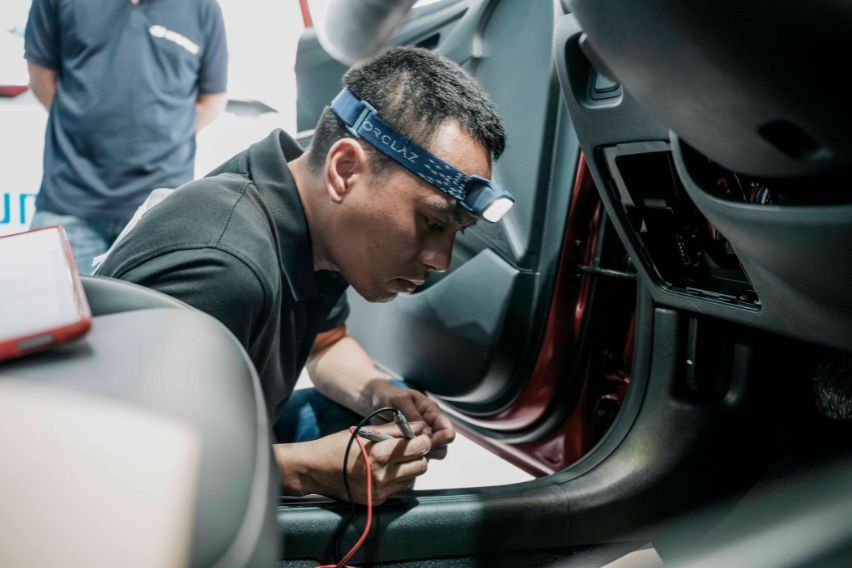
A qualified mechanic can conduct a thorough inspection of your vehicle, using specialized tools and diagnostics to identify hidden problems. They can also provide guidance on the necessary repairs or replacements to ensure your car is safe and roadworthy.
Final thoughts
Remember, the aftermath of a flood can be overwhelming, but taking the time to assess and address potential damage to your car is crucial for your safety and the longevity of your vehicle.
It is important for car owners to thoroughly inspect their vehicles after they have been exposed to floods. By assessing the damage to exterior components, engine, electrical systems, interior components, fluids, and safety features, potential issues can be identified and addressed promptly. While some checks can be done by car owners themselves, seeking professional assistance is recommended for a thorough inspection. By taking these necessary steps, car owners can ensure the longevity and safe operation of their vehicles, even after encountering challenging flood conditions.
Photos from Ford Philippines, Roy Robles, Hazel Nicole Carreon, Prestone Philippines, Kent Flores, and Hyundai Motor Philippines, Inc.
Sell your car at the best price
 Verified and genuine buyers
Verified and genuine buyers
Trending & Fresh Updates
- Latest
- Popular
You might also be interested in
- News
- Featured Stories
Featured Cars
- Latest
- Upcoming
- Popular
Latest Car Videos on Zigwheels

Car Articles From Carmudi
- journal
- advice
- financing
- insurance






